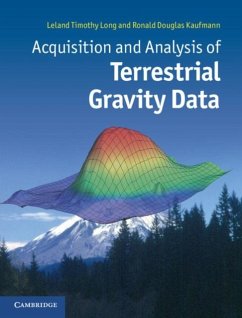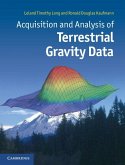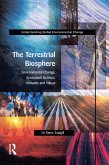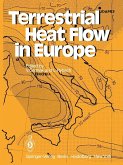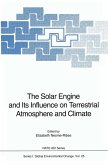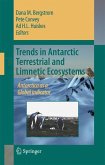Gravity surveys have a huge range of applications, indicating density variations in the subsurface and identifying man-made structures, local changes of rock type or even deep-seated structures at the crust/mantle boundary. This important one-stop book combines an introductory manual of practical procedures with a full explanation of analysis techniques, enabling students, geophysicists, geologists and engineers to understand the methodology, applications and limitations of a gravity survey. Filled with examples from a wide variety of acquisition problems, the book instructs students in avoiding common mistakes and misconceptions. It explores the increasing near-surface geophysical applications being opened up by improvements in instrumentation and provides more advance-level material as a useful introduction to potential theory. This is a key text for graduate students of geophysics and for professionals using gravity surveys, from civil engineers and archaeologists to oil and mineral prospectors and geophysicists seeking to learn more about the Earth's deep interior.
Dieser Download kann aus rechtlichen Gründen nur mit Rechnungsadresse in A, B, BG, CY, CZ, D, DK, EW, E, FIN, F, GR, HR, H, IRL, I, LT, L, LR, M, NL, PL, P, R, S, SLO, SK ausgeliefert werden.
'... the topics presented are given in greater detail than in some other volumes, and the authors present precisely what the title states. ... this book varies from others gravity volumes starting in Section 4, 'Graphical representation of the anomalous field.' Here, map projections are described, followed by a discussion of accuracy, precision, linear interpolation, optimal linear interpolation, and covariance/auto covariance functions ... The book is written at the advanced undergraduate level ... The black-and-white figures are numerous, large, and well presented. A large kudos is given to the authors whose Appendix B is a two-page glossary of symbols - something lacking in most geophysical texts ... I would recommend them to anyone either working in the field of gravity exploration or tectonics or wanting to learn about Earth's gravity.' Patrick Taylor, The Leading Edge

